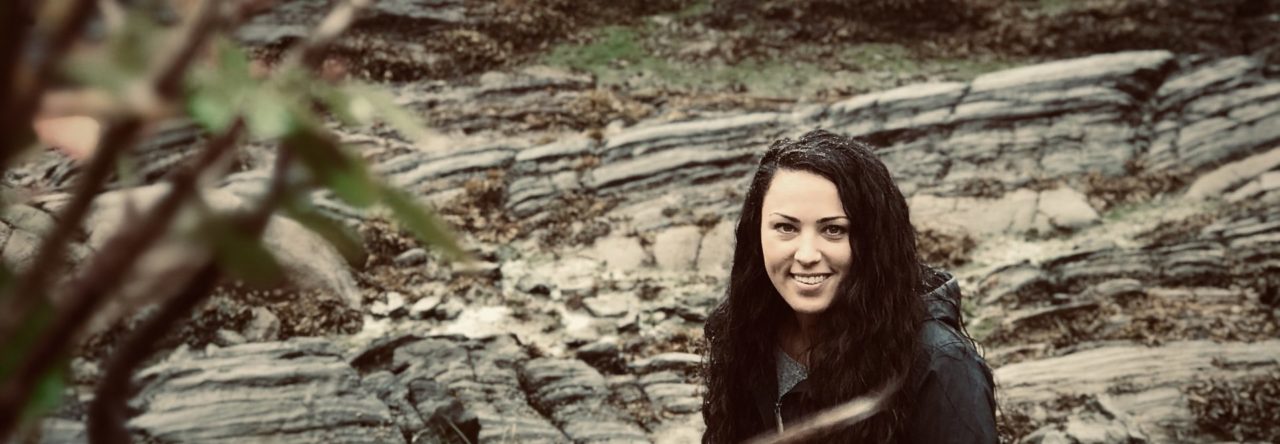Today, I chose to attend a POPFASD workshop. I chose this workshop as many students where I live and teach in Prince Rupert are expected to have or have been diagnosed with Fetal Alcohol Spectrum Disorder. I knew a few things about FASD before I went into the workshop; the first was that FASD is characterized by the impact on the brain and body of individuals exposed to alcohol while in the womb during pregnancy. The second is FASD is a lifelong disability. I had always thought people with FASD always displayed distinct facial features, but I was surprised to learn that only one of ten people have these features.
It was stressed that FASD is often referred to as the “invisible disability” because these physical features can be non-existent. In addition, if a mother of a child doesn’t sign off stating she abused alcohol while pregnant, there can be no diagnoses for a child. In my experience working in the school system in Prince Rupert, many mothers are either in denial or won’t sign off on the diagnoses because of the stigma and shame that surrounds admitting this. It’s a very sad and touchy subject for many. Without a diagnosis, often it means we don’t get the support we need for the child in the classroom.
As the workshop continued, the presenter talked about the different academic adjustments that students with FASD needed in classrooms. He stressed that there were eight magic keys in the classroom. Consistency, concreteness, routines, structure, repetition, specific, and simplicity. This was the part I really listened intently as I wanted to find out the strategies for assessing students on the Fetal Alcohol Spectrum. The presenter stressed using a variety of assessment strategies to generate information for planning and instruction. Some include giving instructions one step at a time orally and visually, allow time to process information, provide extra time and reduce workload for our students, and one that I think more teachers need to consider: allow student to look away, fidget, doodle, or even chew gum during listening activities.
It was stressed to use classroom examples linked to the real world for students on the spectrum. Use manipulative’s and pictures, role play, and use ideas and concepts that are familiar to our students. The presenter gave a great example on this. He stated one class in Prince George had to do a free write based on a child’s ferry trip to Vancouver Island. Some of these children had no concept of what a trip was, let alone what a ferry was. Living in Prince George, many students would have no idea of what a ferry is or even understand the concept of an island. For any child this could be frustrating, but for a child with FASD this could be extremely overwhelming.
In addition, our learner might make impulsive decisions, become agitated, and even uncomfortable in a classroom setting. They can become distracted by colors, smells, clutter and noise and can have difficulty transitioning from one activity to the next. To help support our learner it was suggested we as teachers should have a supportive classroom environment that is neat, not cluttered, color coded, labeled, and if possible, have options for tuning out noise. We can create “social stories” for our learner to ease transitions for them. “The challenge is to become conscious of all stimuli in an environment and consider them for their potential impact on a person with FASD. Sometimes it is the littlest things that make all the difference between comfort and agitation.” (Diane Malbin, 2002: Fetal Alcohol Spectrum Disorders Trying Differently Rather Than Harder).
This workshop opened my eyes to the many struggles my students will face in my future classroom. As a teacher, this workshop along with all other professional learning opportunities remind me to consider what my learners go through, how their perceptions are different, and lastly what adjustments and modification I can include to fairly assess them while making sure their learning is catered to their unique needs.


